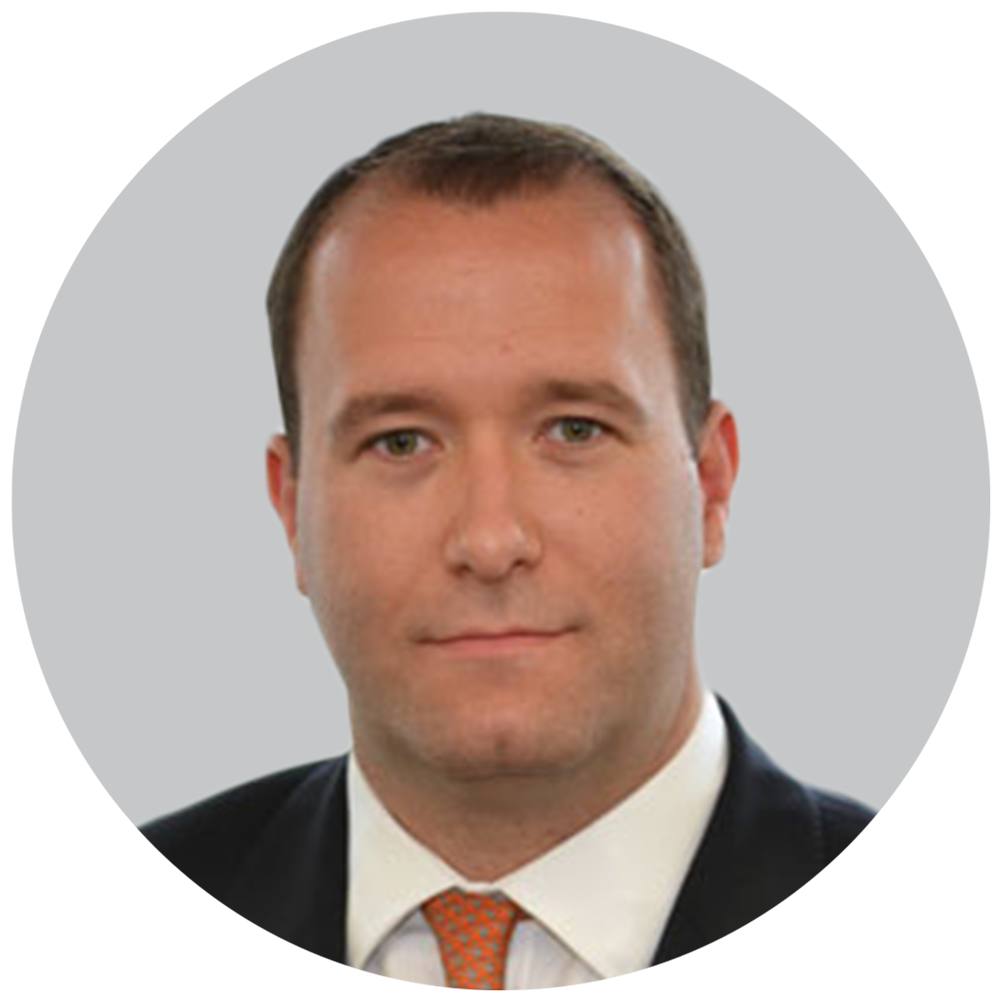Active manager excess returns have been challenged
Many of the difficulties for active managers over the last decade have resulted from market distortions caused by the availability of low-cost borrowing, which has kept many companies afloat and has led to lower discount rates being afforded to future earnings, which in turn has made the broader equity market more attractive.
Active managers have been further hindered recently by market narrowness, with returns concentrated in just a few very large stocks. Market narrowness generally makes it more difficult for the median active manager to outperform because a portfolio has a lower probability of holding the few winning stocks. Conversely, in a broad market where there are more stocks outperforming the market average return, the median active manager should have an easier time outperforming.
Passive investing is not without its own risks
However, the narrowness of markets has led to a significant concentration of risk in global equity indices. Out of more than 1,400 stocks in the MSCI World Index, the 10 largest stocks by market capitalisation currently represent 25% of the index, up from 9% in 2014.
With levels of index concentration now close to multi-decade highs, passive strategies may be caught offside as the zero interest rate regime that dominated much of the last decade gradually gives way to a normalised rate environment and a broadening of performance returns based on company fundamentals. As a result, choosing to invest passively is now an active decision that could introduce less obvious, but impactful risks into portfolios.
By contrast, active management can help investors to better navigate the increased levels of market concentration and to capitalise on the renewed focus on market fundamentals.
In a market with such extreme concentration, active stock selection can help to avoid the risk of being caught betting on yesterday’s winners. At the same time, a new interest rate regime characterised by less capital liquidity will lead to greater differentiation in company performance, providing more opportunity for stock selection to drive returns.
What market concentration means for active and passive managers
While the Magnificent Seven may be a catchy way to speak about market narrowness, we looked at a different way to highlight the relationship between index narrowness and manager performance: the relative performance of an equal-weighted index vs. a cap-weighted index.
The chart shows the three-year rolling relative return of the Equal-Weighted MSCI World Index (EW) and Cap-Weighted MSCI World Index (CW). The blue bars show the excess returns of the top decile global equity manager during the same period. When the EW index outperforms the CW index, there is more breadth in the market. The number of outperforming stocks will be increasing, while the largest stocks in the CW index, which are generally underweighted by active managers, will be underperforming. These two factors typically equate to better active manager success. Conversely, when the CW index outperforms the EW index, it means larger cap stocks are dominating and the market is narrow.
The correlation between the EW-CW excess return and the top decile manager excess return indicates a significant relationship between market breadth and active manager outperformance. This relationship explains why the median active manager hasn’t fared as well lately in a historically narrow market, but why active funds are well positioned to benefit as market breadth increases.
Our analysis also shows that it’s crucial when choosing an active manager to seek out top-tier managers who have proven their ability to generate alpha consistently.
To show why, we took the excess return of the median manager and compared it to the excess return of the top decile manager over time. The difference between the two is stark. Since 2010, the top decile manager has delivered an excess return net of fees over the MSCI World of 1.4%, compared to -2.1% for the median manager.
Given this top decile manager performance has been achieved in a period of excess return compression it is clear that market environment alone does not determine the success of all active managers. The manager’s insight and skill are also critically important to their success.
By defining manager success as the consistency of excess returns, we can use Grinold’s Fundamental Law of Active Management1 for assessing a manager’s effectiveness, whereby the success (such as risk-adjusted return or the information ratio) of an active portfolio manager depends on skill and breadth of insight, and how well this skill and insight are implemented into the portfolio.
Selecting an active manager
Investors should therefore look for active managers that have access to insights that are not available to others, across a broad investment universe. They should also look for manager with the proven ability to implement their insights into portfolios in such a way that they are not overwhelmed by undesired risks. While markets appear to be moving in favour of active management, the choice of manager could have a significant impact on returns, whatever the market backdrop.
Through various market cycles, leading active managers have demonstrated the ability to consistently outperform benchmarks and passive strategies. At J.P. Morgan Asset Management, we attribute our success to effectively utilizing our scale, developing an integrated investment engine, and fostering a strong culture of collaboration. Our global platform exemplifies these characteristics, enabling our active managers to uncover winning stock opportunities and deliver alpha to our clients over the long term.


